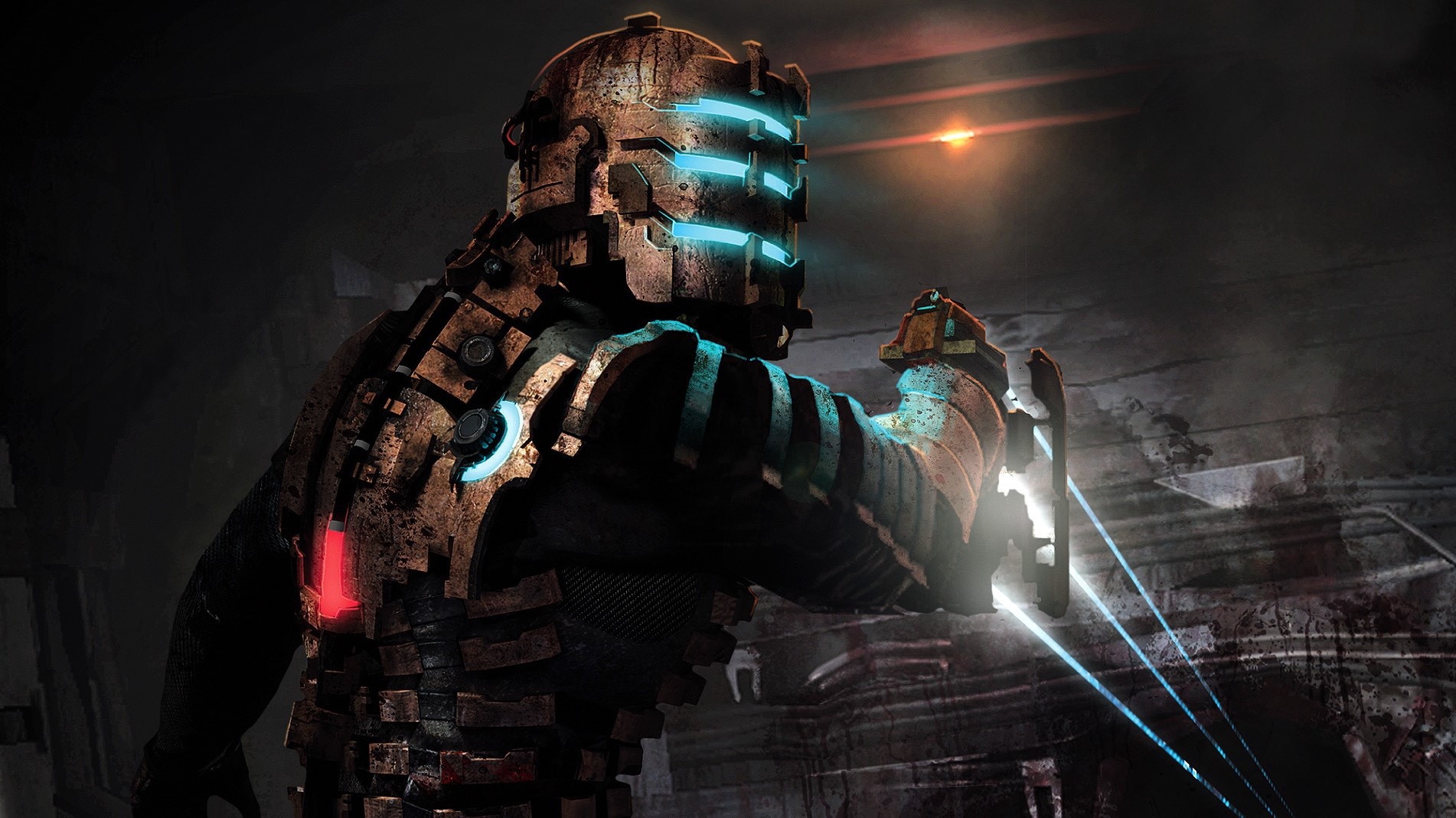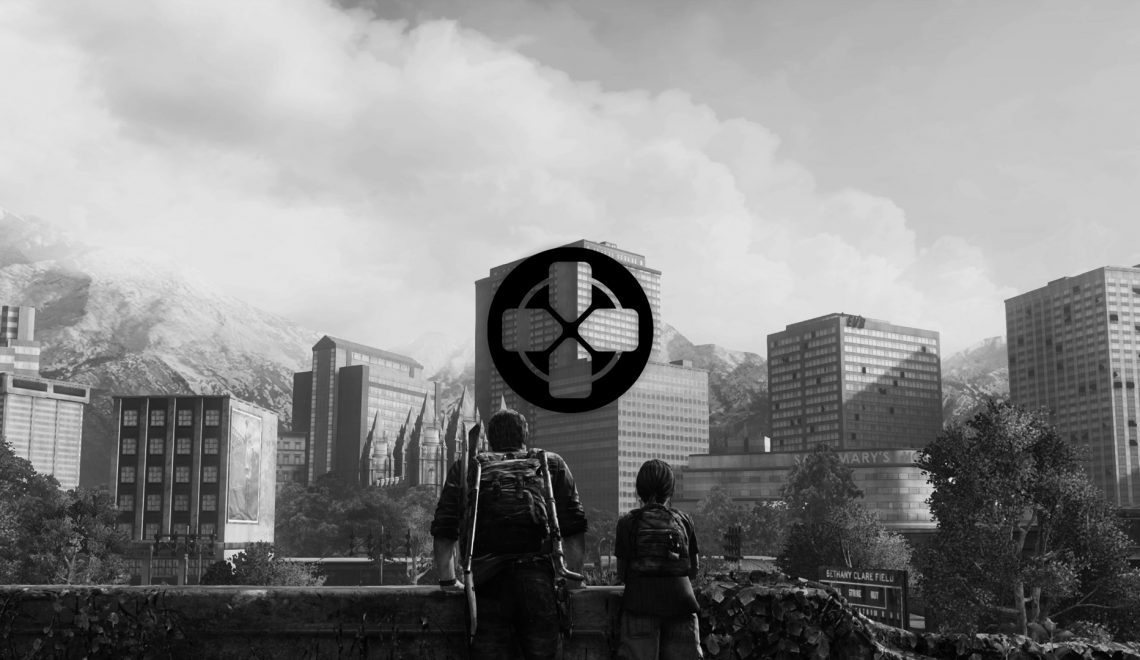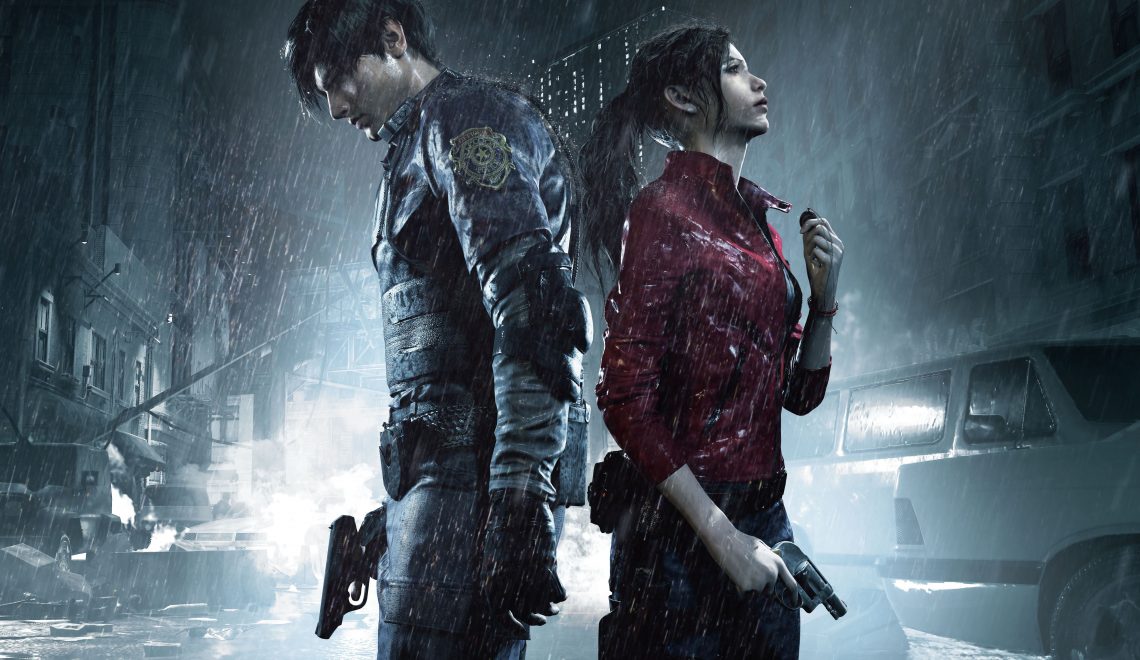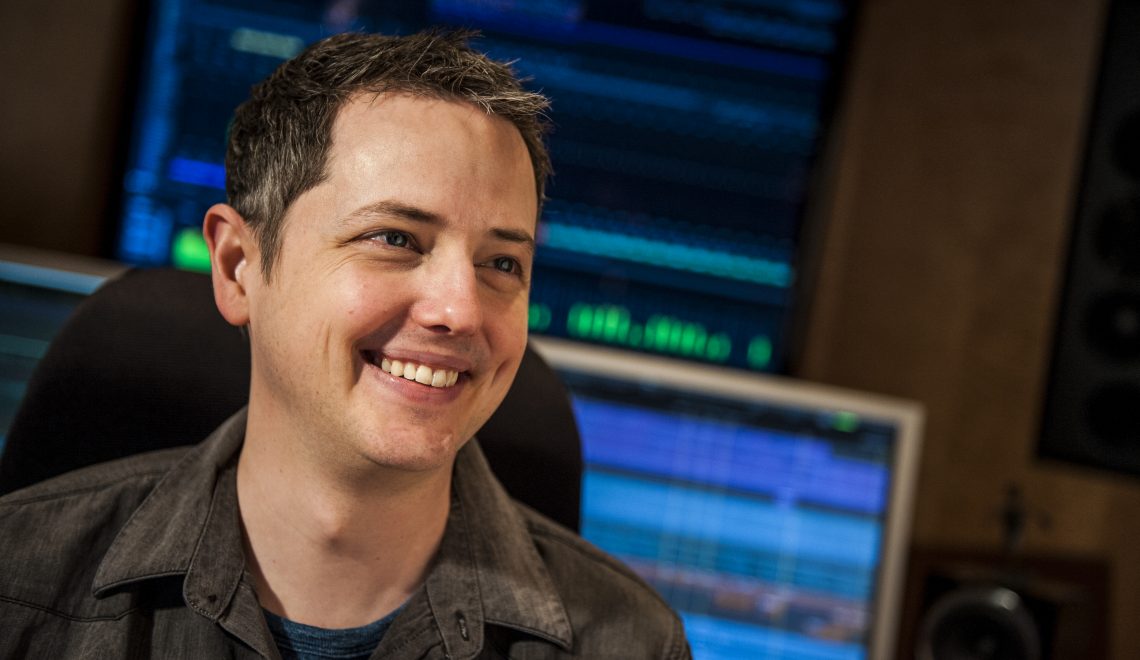
“Sound” is an interesting and oft-ignored aspect of video games. When the average player talks about any game, he or she normally mentions if the graphics are beautiful, how much fun the levels and controls are, and if the story and its characters are entertaining. However, sound often takes a backseat in this kind of simple game critique. This isn’t the case when any player explores the dark corridors and rooms of the USG Ishimura in Dead Space, for he or she is bound to talk about the sound effects, music, and voice acting in the game. Whether it’s the squeamish sounds of dismembering the limbs of Necromorphs, the dissonant shrills of stringed instruments, or the emotional/frightening moments in the story conveyed by the characters’ solid performances, this game has some of the smartest and most detailed sound design I’ve ever experienced.
Near the beginning of Dead Space, all three aspects of the sound design are put to the test in a certain scene that I’ll be using as the main basis for my brief analysis of each aspect. To begin, we find ourselves in the shoes of Isaac Clarke in the 25th century aboard a small spaceship. Zach Hammond and Kendra Daniels are along for the ride too, and all of them are responding to a distress call from the USG Ishimura. When they arrive, the ship has gone dark, which concerns our heroes. When they move in closer, they suddenly find themselves pulled into the ship and damage their own spacecraft as they crash in the hanger bay. They get out and find a room that would normally be busy with people traveling in and out of the ship, but there’s not a soul in sight in this closed off area. The crew then examines a panel to open one of the doors, and Isaac must go into another room separated with glass walls to check the ship’s diagnostics. After this, everything suddenly goes dark as an emergency system kicks in, and as you watch your partners through the glass, you stand there helplessly as a grotesque monster impales one of the normal crewmen that tagged along for this mission. You see Zach and Kendra hurriedly rush through the now-open door, and then the monster starts coming for you. After frantically running for what seems like too long, you find an elevator and avoid the creature’s clutches. You’re safe…for now.
To showcase the overall sound design, I would like to hone in on the part where the first Necromorph appears until Isaac’s elevator escape. So, let’s start with the sound effects. When the emergency system kicked in, a screechy siren started a cycle of repeating over and over. This makes the player anxious to turn it off in fear of what might be on this ship. Then, these fears are quickly confirmed and heightened as the metal duct system clatters and bangs suddenly. A ceiling panel falls to the ground and you watch the Necromorph slice into its first victim with gut wrenching sounds of gushing blood and flesh being torn. You then hear the sound of a heart monitor “flatlining” (something that everyone hates), indicating the character’s swift death. Finally, as the creature madly rushes toward Isaac, you guide him through a door as electronics burst in failure all around him, and you can even hear him breathing heavily from fear.
This is but one example of the sound effects being used to accentuate the player’s emotions and even the way they play. Watching the events unfold here visually is terrifying for sure, but hearing it all play out in such a well-constructed manner makes it all the more nerve-wracking. When I played this part, I backed toward the end of the room in response to the sound effects, hoping to get away as quickly as possible. There are also clever moments where ambient noises (like metal clattering or items shuffling along the floor) can be heard in an eerily quiet area, maintaining the ever-present feeling that an enemy could be nearby. This kept me turning around in alert countless times, never sure if what I was hearing was something to be concerned about. This made me pay more attention to the sound effects, which also helped me to better appreciate them since they played such an integral role in influencing my feelings and actions.
As for the music, there was none playing in the background even when the emergency system lights flashed in that scene. The absence here creates unrest, making the player unsure of what’s going to happen next. It’s not until the Necromorph chases you that Jason Graves’s music kick in. If I’m not mistaken, you hear a trombone blaring and stringed instruments pluck, screech, and slide inharmoniously together in discord. It’s truly horrifying music, and – despite the unnerving and eerie friction – makes the game more thrilling and memorable. It even feels like it’s a part of the sound effects since it could almost be classified as structured noise, if you will. That’s no mistake according to audio director Don Veca.
“This is not to say that we didn’t use music to help create the atmosphere, because we certainly did; however, the music was used much more texturally than thematically. In this way, Dead Space has really blurred the line between music and sound design. When you get right down to it, music is really just sound design with a lot more rules.”
Other examples of this unique implementation of music include moments where a subtle note is sustained by a single, string instrument during downtime (which sounds “space-y” and even relaxing) and second-long bursts of cacophonous percussion and brass spontaneously play with “jump scares” and frantic shootouts. Overall, while music is an essential part of nearly every video game, Dead Space takes it a step further by having the music match its unpleasant tone and integrate with the sound effects to further immerse players.
Lastly, the voice acting is surprisingly convincing for a survival-horror game (compared to something like Resident Evil). Although Isaac is strangely a silent protagonist this time around, the characters around him manage to convey the emotional and psychological impact that the game’s events are having on their minds and bodies. For example, when Zach and Kendra tell Isaac to run from the first Necromorph, the terror and urgency in their voices is genuinely authentic. Other moments throughout the game portray their ever-growing weariness, disbelief, and desperation as their bizarre circumstances threaten to tear them apart. There are even “audio logs” left behind by deceased crewmembers of the USG Ishimura, which sometimes foreshadow the arrival of a new enemy and further flesh out what it was like to have been caught in the middle of the ship being taken over. There’s no hope in listening to the audio logs as you hear the desperation and petrified voices of those who died before you, and they expertly create anxiety and uncertainty in the player as he or she wonders how the story will play out.
There’s much more I could say in regard to the sound design, but it will suffice to say that the developer, Visceral Games, lived up to their name in creating an experience like Dead Space. The game’s claustrophobic yet brilliant level design, acute detail to environmental aesthetics and use of graphics (especially lighting), and horrible enemies already make it tense and shocking to play, but when the carefully implemented sound effects, unique musical score, and sincerely believable voice acting come together, all this sound design stands out as a testament that the power of audio can profoundly affect the experience a player has with a game. So listen close…Dead Space will catch your ears and aurally envelop you in its harrowing world.



